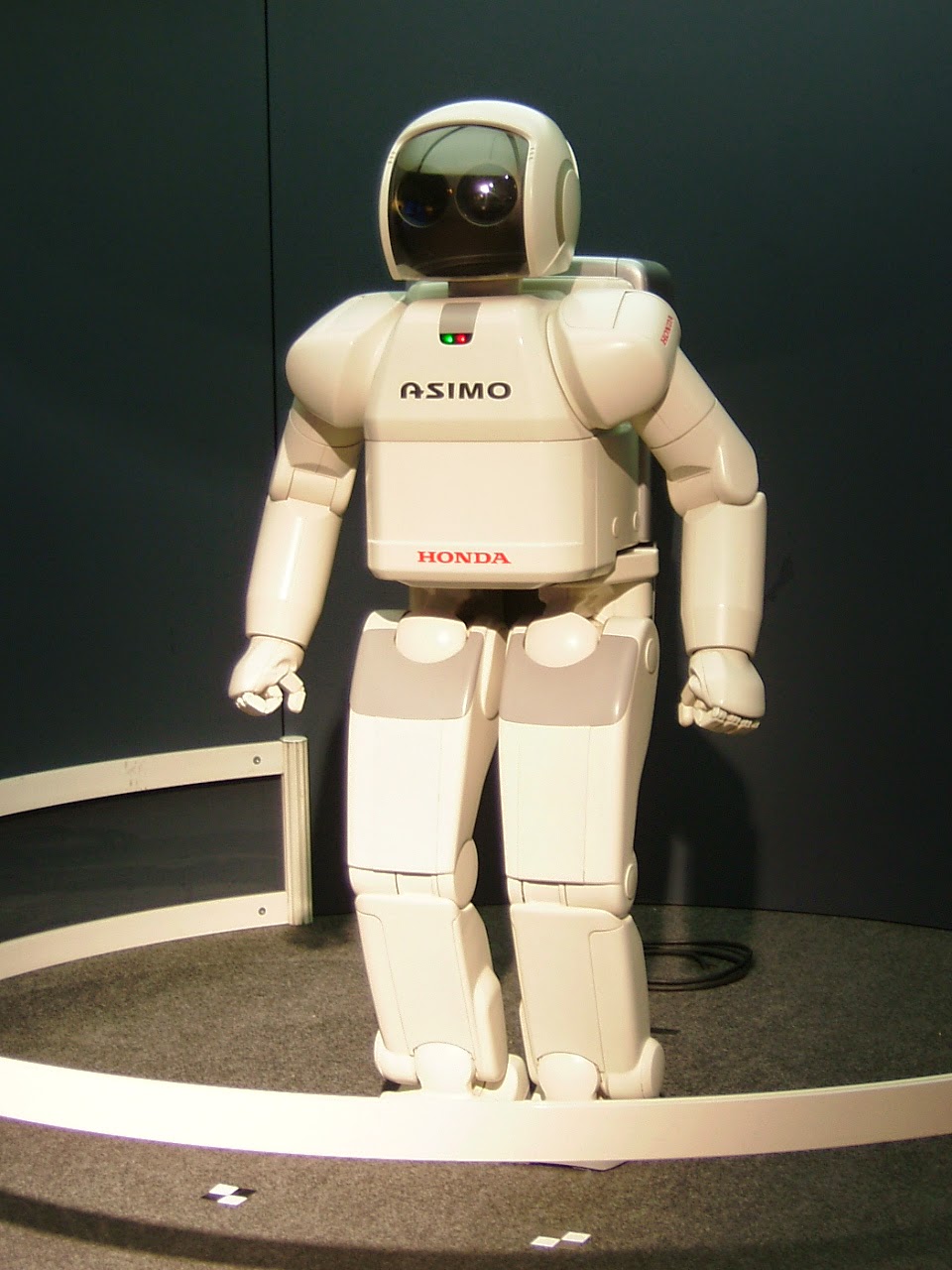Mermaids are popular girls; images of these leg-challenged
ladies always attract interest. Some of
the highest hit rates on my Flickr page are for the mermaid designs, so
obviously I thought – I’ll design some more.
The Art Nouveau artists of the 1890’s were nutty about
mermaids, and they went to town on the swirly hair and a type of stringy
seaweed, which I think is called ‘Bladderwrack’. (It is, I just looked it up – Fucus Vesiculosus. There – don’t say I never tell you anything.)
Though interestingly, if you put the keywords ‘At Nouveau
mermaids’ into Google, then go to the images tab, almost all of the so called
Art Nouveau pictures are modern. What
this says about Google or us, I don’t know.
Only after scrolling to about half way down the page do you find any
real 19th century works, and they’re few and far between.
 |
| Some of the real swirly girly Art Nouveau by Alphonse Mucha. Public domain |
So I suppose we like the ‘idea’ of Art Nouveau more than we
like the actual stuff. Which is lucky
for me as I now intend to add to the ever-growing heap of fake Art Nouveau.
For this design I had intended on a circular effect, but I
couldn’t make it work. I’d wanted to
rotate copies of the figures I designed around a circle and have them interlock
together. Fat chance of that. It would need more work on the design.
At the top of the page is a small scan of a rough pencil drawing, one of many, which help to try things out and define an idea. I then drew on paper a bigger version with both figures and scanned it so that I could use it as a template. I put the scan on to a layer, and then bringing down the opacity so the drawing was just visible, created another layer on top so that I could then trace the drawing through.
 |
| Left, the line drawing, top right, tracing over the original drawing, bottom right, colouring. |
You have to zoom in on the work and draw with a thin pencil tool line, but when you know you can correct mistakes easily its not too stressful. I used black for the outline, and a darkish grey to put in line shading. Then, it's just a matter of adding a layer below the drawing and applying colour. I'll admit its not exactly as I envisaged it but I've improvised a simple background (which I may change) and for the moment its finished. Here it is.
And here's a link to my Zazzle store.
 |
| Finished, with space for a caption. |
And here's a link to my Zazzle store.


















